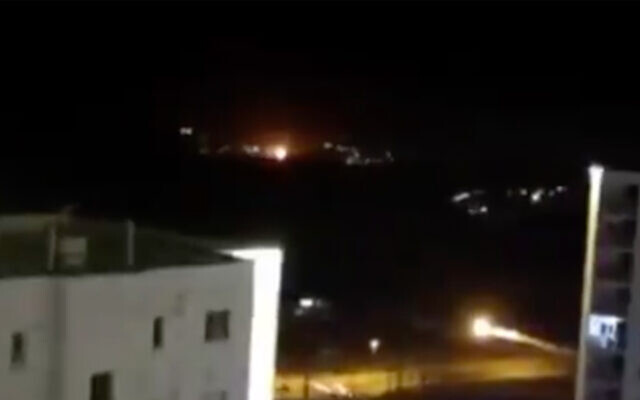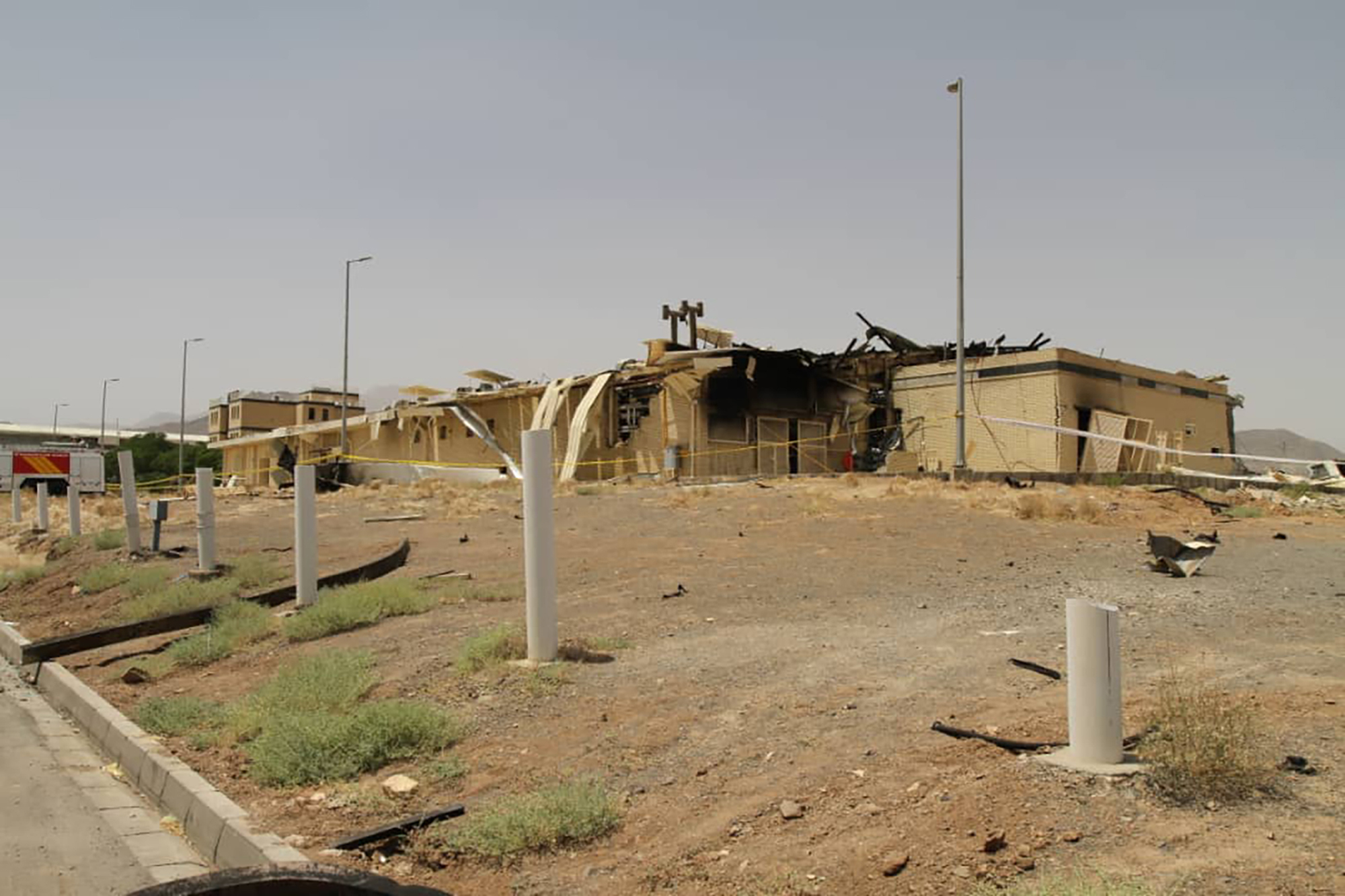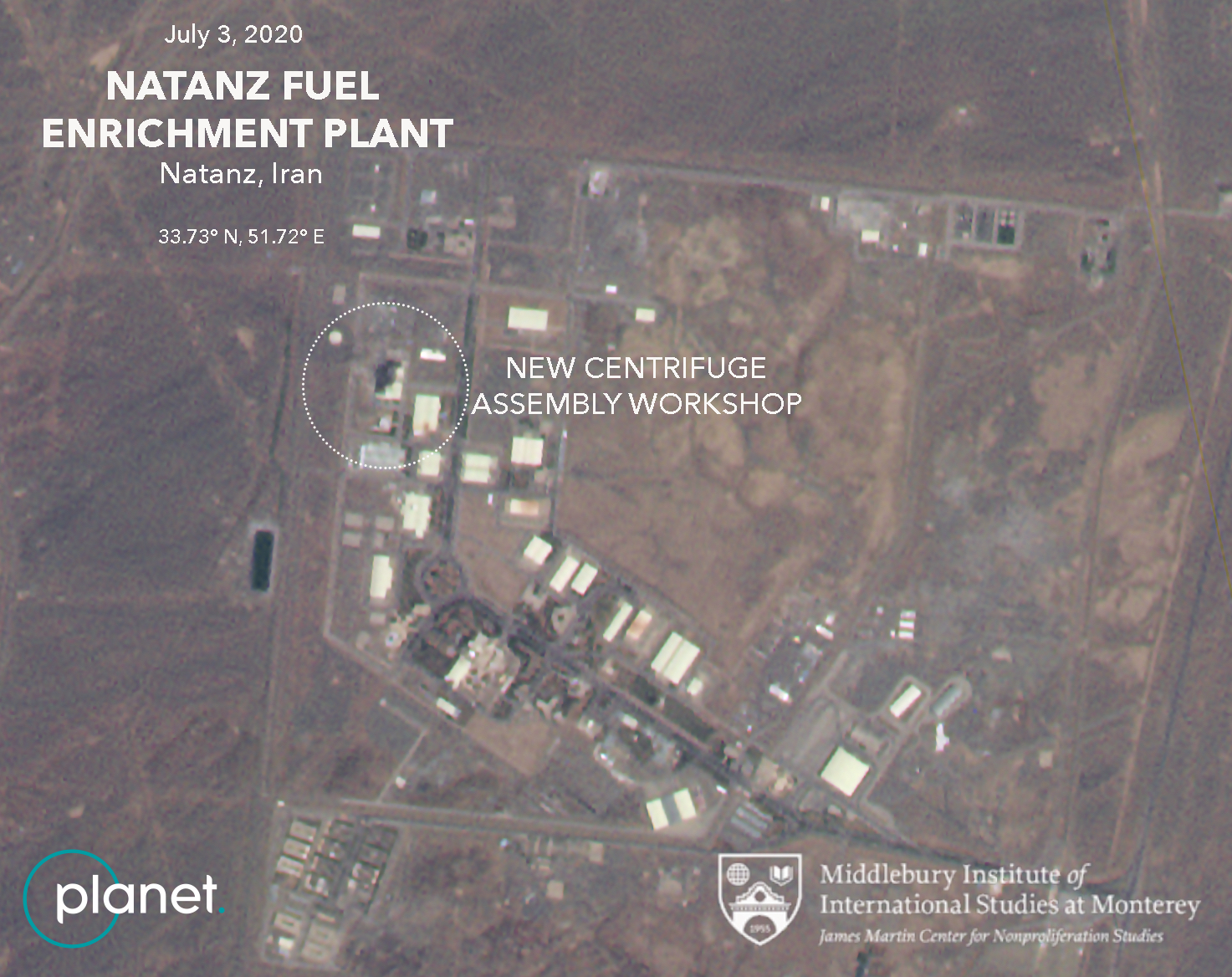Iranian media reports incident in western part of capital; follows explosions at sensitive sites in Iran in past several weeks

Iranian media reported an explosion in western Tehran in the early hours of Friday morning.
Iran’s official IRIB news agency reported the blast, citing online reports of residents hearing the sound of the explosion in the city.
Some areas of Tehran experienced power outages after the blast, the report said.
The explosion came after a series of mysterious disasters have struck sensitive Iranian sites in recent weeks, leading to speculation that the incidents could be the result of a sabotage campaign engineered by Israel.
On Tuesday, an explosion reportedly damaged a factory south of Tehran. According to Iranian media reports, two people were killed and three were injured in the blast at the Sepahan Bresh factory in the Kahrizak district.
The area’s governor said human error was to blame for the incident.
An explosion reportedly damaged a power plant in the Iranian city of Ahvaz on Saturday. A few hours later, the Islamic Republic News Agency said a chlorine gas leak at a petrochemical center in southeast Iran sickened 70 workers.
On July 2 an explosion damaged Iran’s Natanz nuclear facility, and a week before that, a large blast was felt in Tehran, apparently caused by an explosion at the Parchin military complex, which defense analysts believe holds an underground tunnel system and missile production facilities.

A Middle Eastern intelligence official was quoted Sunday by The New York Times as saying the fire that damaged a building used for producing centrifuges at Natanz was sparked by Israel and was caused by a powerful bomb.
But the unidentified official said Israel was not linked to several other recent mysterious fires in Iran over the past week.
Iran on Tuesday called for action against Israel following the damage to the Natanz facility.
“This method Israel is using is dangerous, and it could spread to anywhere in the world,” government spokesman Ali Rabiei said during a press conference.
He added: “The international community must respond and set limits to these dangerous actions by the Zionist regime.”
His comments came as Iran appeared to publicly acknowledge on Tuesday that last week’s fire at Natanz, which badly damaged a building used for producing centrifuges, was not an accident. Israeli TV reports, without naming sources, have said the blast destroyed the laboratory in which Iran developed faster centrifuges and set back the Iranian nuclear program by one or two years.
A US-based defense analyst said the Natanz explosion had set back by several months to several years Iran’s ability to produce enough highly enriched uranium for an atomic weapon.
An Israeli TV report Friday night said that Israel was bracing for a possible retaliation from Iran if it determines that Jerusalem was behind the explosion.
Iran admitted Sunday that Natanz incurred “considerable” damage from the fire last week, as satellite pictures appeared to show widespread devastation at the sensitive facility. It had previously sought to downplay the damage from the blaze, though analysts said it had likely destroyed an above-ground lab being used to prepare advanced centrifuges before they were installed underground.

The building was constructed in 2013 for the development of advanced centrifuges, though work was halted there in 2015 under the nuclear deal with world powers, said Iran’s atomic agency spokesman Behrouz Kamalvandi earlier this week. When the United States withdrew from the nuclear deal, the work there was renewed, Kamalvandi said.
He said that the fire had damaged “precision and measuring instruments,” and that the center had not been operating at full capacity due to restrictions imposed by Tehran’s 2015 nuclear deal with world powers. Iran began experimenting with advanced centrifuge models in the wake of the US unilaterally withdrawing from the deal two years ago.
Iran long has denied seeking nuclear weapons, though the IAEA previously said Iran had done work in “support of a possible military dimension to its nuclear program” that largely halted in late 2003.
Western concerns over the Iranian atomic program led to sanctions and eventually to Tehran’s 2015 nuclear deal with world powers. The US, under President Donald Trump, unilaterally withdrew from the accord in May 2018, leading to a series of escalating attacks between Iran and the US, and to Tehran abandoning the deal’s production limits.
As reported by The Times of Israel
